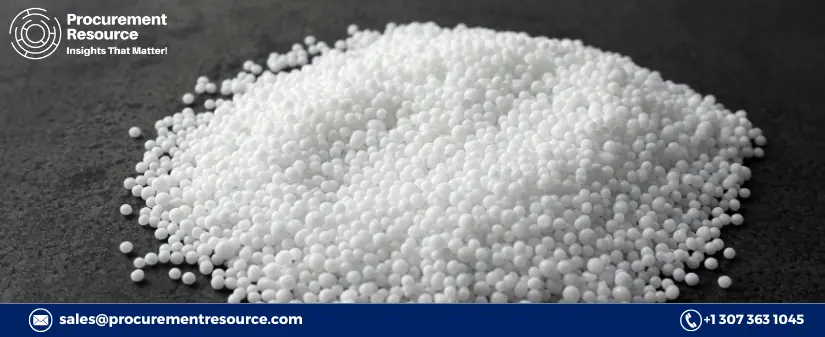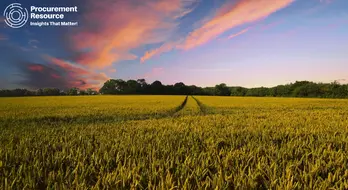The GOI has capped the profit margins earned on Di-ammonium phosphate prices and other non-urea fertlizers

The Indian government has taken steps to regulate the pricing of di-ammonium phosphate (DAP), muriate of potash (MOP), and other fertilizers receiving nutrient-based subsidy (NBS) support by introducing guidelines for reasonable pricing. Unlike urea, where the maximum retail price (MRP) is fixed by the government, these NBS fertilizers have been decontrolled since April 2010, with their MRPs set by the companies based on market dynamics.
However, the Department of Fertilisers has now outlined criteria for assessing the reasonability of these MRPs for all non-urea fertilizers under NBS, effective retroactively from April 1, 2023.
The guidelines set maximum profit margins for different categories of fertilizer companies, including importers, manufacturers, and integrated manufacturers. Those found to have profits exceeding these margins within a financial year are required to refund the excess to the Department of Fertilisers by a specified deadline. Failure to refund within this timeframe will attract an interest charge on the refund amount.
This move indirectly imposes MRP controls on non-urea fertilizers by limiting the profits companies can earn, considering various operational costs. Fertilizer companies are also required to self-assess their profits based on a cost auditor's report and audited cost data approved by their board of directors.
This information must be submitted to the Department of Fertilisers, which will review the MRPs' reasonableness and determine any excess profits to be recovered. This approach seeks to ensure that fertilizer prices remain reasonable, balancing the interests of the companies and the agricultural sector's need for affordable inputs.
Read More About DAP (Diammonium Phosphate) Production Cost Reports - Get Free Sample Copy in PDF
According to Procurement Resource, the Indian government has introduced guidelines to regulate the pricing of non-urea fertilizers like DAP and MOP under the nutrient-based subsidy scheme. These guidelines, effective from April 1, 2023, set profit margins for fertilizer companies and require refunds for excess profits. This policy aims to ensure reasonable fertilizer prices for the agricultural sector.



